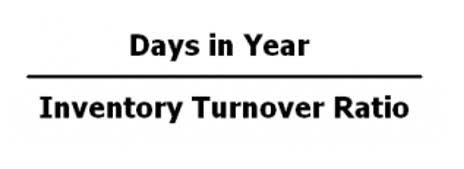
On the other hand, a low ratio may suggest that the company is not using its working capital effectively, which could lead to cash flow problems and other financial difficulties. Anything in the 1.2 to 2.0 range is considered a healthy working capital ratio. If it drops below 1.0 you’re in risky territory, known as negative working capital. With more liabilities than assets, you’d have to sell your current assets to pay off your liabilities.
If a company has $800,000 of current assets and has $800,000 of current liabilities, its working capital ratio is exactly 1. Working capital is the amount of money that a company can quickly access to pay bills due within a year and to use for its day-to-day operations. Current https://www.bookstime.com/articles/semimonthly-vs-biweekly-payroll liabilities are all the debts and expenses the company expects to pay within a year or one business cycle, whichever is less. However, such comparisons are meaningless when working capital turns negative because the working capital turnover ratio then also turns negative.
Working capital in financial modeling
To reflect current market conditions and use the lower of cost and market method, a company marks the inventory down, resulting in a loss of value in working capital. The average balances of the company’s net working capital (NWC) line items – i.e. calculated as the sum of the ending and beginning balance divided by two – are shown below. In particular, comparisons among different companies can be less meaningful if the effects of discretionary financing choices by management are included.

CFI is the global institution behind the financial modeling and valuation analyst FMVA® Designation. CFI is on a mission to enable anyone to be a great financial how to find working capital ratio analyst and have a great career path. In order to help you advance your career, CFI has compiled many resources to assist you along the path.
What is a good working capital ratio?
The textbook definition of working capital is defined as current assets minus current liabilities. If you’re struggling with late-paying clients or are forced to offer trade credit to stay competitive, your assets will take a dive until the cash is in the bank. Negative working capital is often the result of poor cash flow or poor asset management. Without enough cash to pay your bills, your business may need to explore additional business funding to pay its debts. Slipping below 1.2 could mean the business will struggle to pay its bills, depending on its operating cycle and how quickly it can collect receivables.

